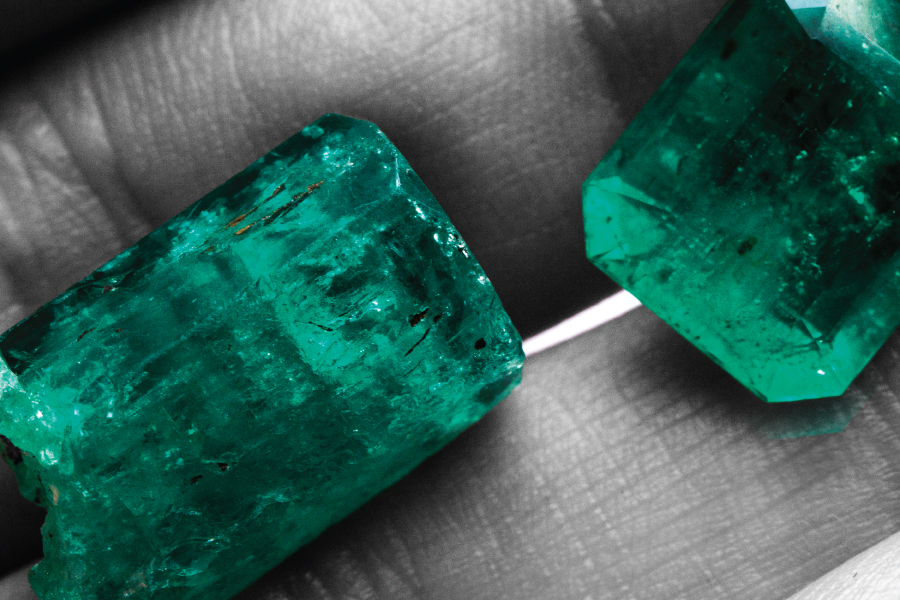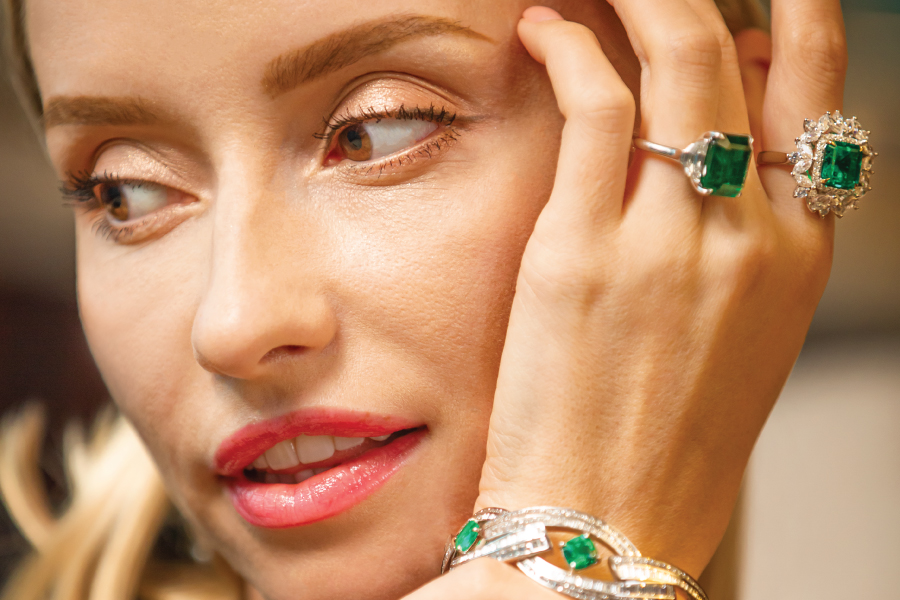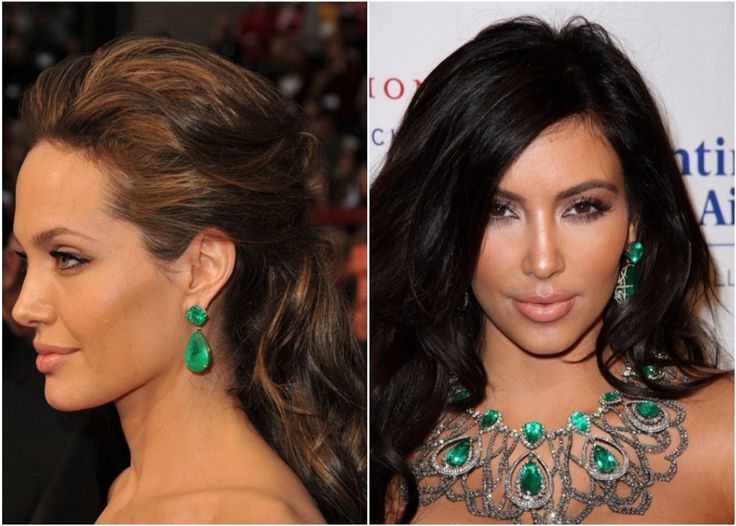Natural emeralds are one of the most sought after gemstones in the world. Natural Emeralds come in a variety of colours and sizes. Uncut emeralds are rare and they can be worth a lot of money than what they look like.
But how is this worth calculated?
Uncut emerald values are relatively unknown. This is because they are so rare that it's difficult for them to be found. When they're discovered, they can be worth a fortune. There's even an old saying: "he who owns the gemstone owns the world.".
Fine emeralds are much rarer than fine diamonds, and they typically command a higher price-per-carat. Despite this, emeralds are still mined and sold at high prices today. Today, emeralds are a valuable commodity that commands a high market price-per-carat even though they are much rarer than diamonds. The finest and rarest emeralds boast a dark and vivid colouring, complementing those of other precious gems.
The price of an uncut emerald is based on the quality and colour of the emerald stone. Uncut emeralds are worth more as it's difficult to produce high-quality, eye-catching precious stones when the material is not already shaped.
There are raw emeralds that are more valuable than others, and it is important to know these differences when purchasing a stone. The price can range from as low as $200 to as high as $15,000 depending on the gemstone's colour and quality.
Different Qualities of Emeralds
The price of an uncut emerald varies depending on its colour, clarity, cut, and size. The most expensive type is a green emerald with no flaws that is cut in a square shape.
The colour attribute of an emerald is further separated into 3 categories: hue, saturation and tonal grade. Emeralds can be found in many colours such as blue, yellow-green, brown, red or purple. However not every emerald is gem-quality.
The clarity of an emerald is usually determined by how many inclusions there are in the gemstone. Inclusions occur naturally during the formation of emeralds and are usually composed of minerals, other deposits. Natural emeralds can range from translucent to opaque.
The Pricing Factor
The most sought-after type of emerald material is facet-grade. This is the highest-quality gemstone that exists. They are polished and cut to maximise their beauty. They also have a high-quality polish that makes them sparkle brightly. Facet-grade emeralds are flawless, so they must be flawless when they are mined, too.
The 4Cs are the standard assessment criteria for a gemstone. They assess the colour, clarity, cut, and carat weight of a gemstone to assign a grade or quality level.
The Carat weight of an emerald can significantly impact the price as larger emeralds are much rarer and, therefore, more difficult to mine. This pricing does not scale linearly, for example, a 3-carat emerald costs more than three 1 carat emeralds of the same colour and quality.
Emerald green is also a variety of colours rather than a single colour. The colour of emeralds can vary from yellowish to bluish. Because yellowish emeralds resemble peridot, high-quality emeralds are usually pure green to bluish.

EMERALDS
Type of Inclusions
Inclusions are natural imperfections found in gems. The type of inclusion in the rough uncut emerald is one of the major factors in determining the pricing.
One-phase inclusions occur when solid minerals crystallise inside the stone and generally have the appearance of a set of crystals inside the emerald.
Two-phase inclusions are cavities inside crystals that contain two different phases. These voids can occur in any type of crystal and are usually spherical with a diameter of fewer than 100 micrometres. They are referred to as two-phase as they usually contain a gas bubble trapped in liquid and don’t contain a mineral deposit like a one-phase inclusion. The same can be found in diamonds, where the inclusion might be a mineral such as quartz or fluorite, or it might be raw emerald as in this case.
Three-phase inclusions are normal formations that occur when a homogeneous fluid (such as water) is trapped into a cavity (such as inside a mineral or within the earth). As the fluid separates it will naturally form three different phases depending on its composition: one of which is usually gas, one is usually liquid, and one is usually solid.
Other Pricing Factors
The price of a gem material is determined by the value of the gem material itself, the cost to process it, and the costs to ship it internationally. In addition to that, there are insurance and custom costs.
An uncut emerald's value will depend on the type of mine it is obtained from, the quality of the precious stone, its weight, and what cut can be made. The raw emerald differs from the mine where it's mined. So the certification that the emeralds were legally mined is very important in the international market to define raw uncut emerald's price.

Stunning emerald set
Conclusion
Emerald is a gemstone variety of the mineral beryl, which is found in large quantities in the Earth's crust. They are the most valuable gemstone. This is because its colour is outstanding and rare. Its price can vary based on the colour range which is from a light yellow to deep green, and also has some blue or pink in it.
The price per carat for cut emeralds is 2x the price per carat for uncut emeralds, so please take into account that cutting the stones will result in more value.
The price for a piece of uncut emerald jewellery may vary from 1$/gm to $110-120/gms and varies on a number of different factors, so be sure you research all you can about the gemstone before purchasing.






